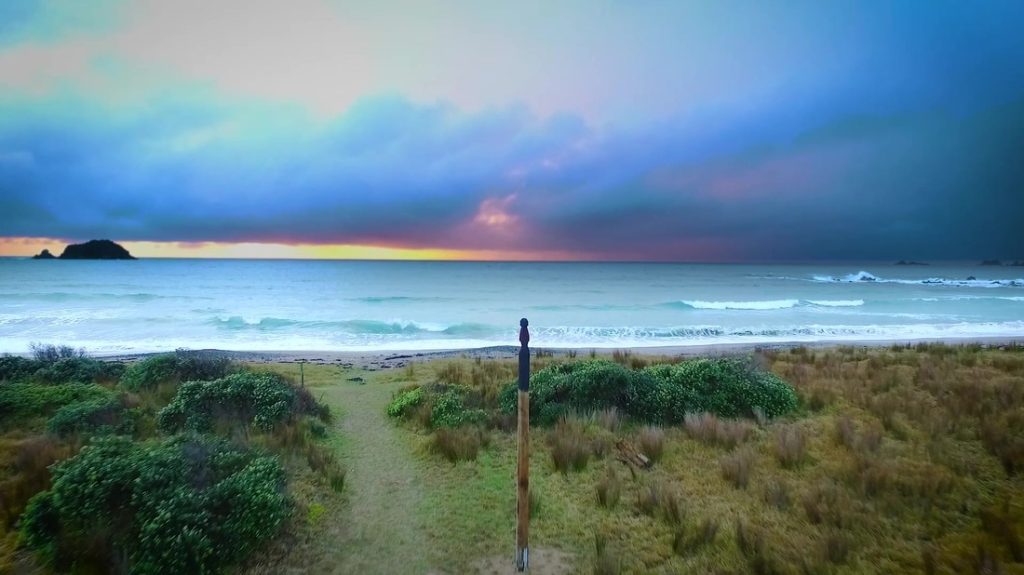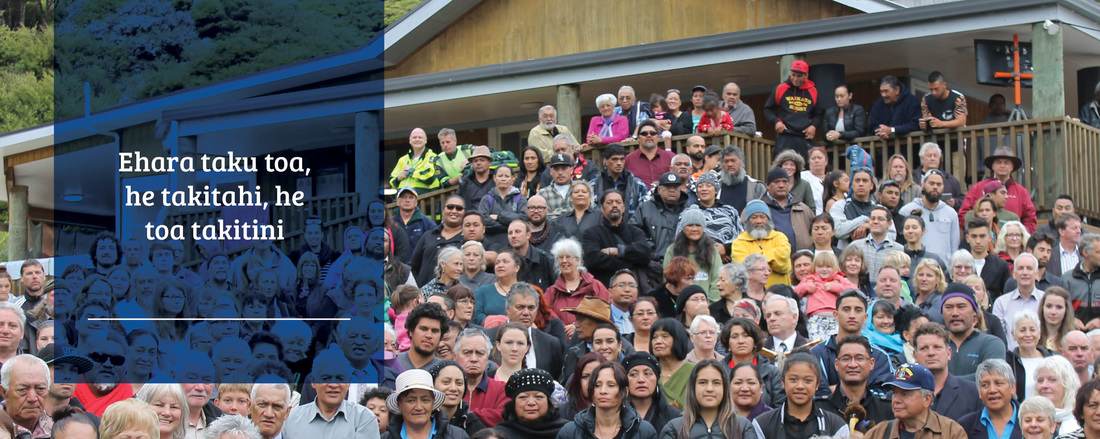
The Act creates special status for the “common marine and coastal area”, meaning neither the Crown nor any other person can own it. The marine and coastal area extends from mean high water springs (roughly the highest point washed by the tide) to 12 nautical miles offshore and t runs along the whole coastline of New Zealand, including around off-shore islands. The common marine and coastal area is all of that space, excluding certain conservation areas and existing private titles.
The Act creates for processes whereby the Applicant can apply to have their customary interests recognised by applying for either customary marine title and/or protected customary rights.
With a deadline of April 3 2017 applying to any applications under the Act, we want to ensure our whanau have all the information they need to make informed decisions about moving forward and the options for protecting our customary rights.
An Applicant group can be one or more iwi, hapu or whanau. Each Applicant group requires a representative, which can either be a person or a legal entity (such as a runanga or a trust) with a formal contact point (chairperson, secretary, lawyer etc). That representative will need to ensure that it can demonstrate authority to represent the Applicant group.
Customary Marine Title (CMT) recognises the customary relationship of an iwi, hapu or whanau with part of the common marine and coastal area. Customary Marine Title, once granted/recognised can’t be sold and free public access, fishing and other recreational activities can continue in areas covered by CMTs.
An Applicant group applying for CMT must prove that the area specified in their application:
- is exclusively held by them in accordance with tikanga (though “joint exclusivity” between two or more whanau, hapu and/or iwi appears to be possible); and
- has been used and occupied by them either from 1840 to the present day or from the time of customary transfer to the present day.
Matters that will be considered in determining whether a CMT exists include whether the Applicant group or any of its members:
- Own land abutting all or part of the specified area and have done so, without substantial interruption, from 1840 to the present day; and
- Exercise non-commercial customary fishing rights in the specified area, and have done so from 1840 to the present day.
The following rights conferred by the grant of Customary Marine Title include:
- RMA permission right (effective veto over the grant of resource consents for most new activities)
- Conservation permission right (effective veto over applications for Marine Reserves and DoC concessions, except where those are deemed “nationally significant”)
- Increased influence over the granting of Marine Mammal Watching Permits
- Increased influence over any change to the relevant Coastal Policy Statement
- Wahi tapu protection right (ability to seek prohibitions/restrictions on access to wahi tapu within the CMT area)
- Ownership of minerals (excluding petroleum, gold, silver and uranium)
- Presumed ownership of taonga tuturu (objects that relate to Maori culture, history or society and are more than 50 years old) found within the CMT area
- CMT group Planning Document, which must be considered by various central and local government agencies.
Protected customary rights (PCR) can also be granted in the common marine and coastal area for a customary activity like the collection of hangi stones or launching waka. \”Customary activities” are not defined in the Act, however, a protected customary right cannot include an activity that:
- Is regulated under the Fisheries Act 1996 (including the exercise of a commercial or non-commercial Maori fishing right);
- Is a commercial aquaculture activity;
- Related to wildlife or marine mammals; or
- Is based on a spiritual or cultural association, unless that association is shown by a physical activity or use of resources.
In applying for PCRs, the Applicant group must prove that the protected customary right has been exercised in the specified area since 1840; and continues to be exercised by that group in that same area in accordance with tikanga.
If the Applicant group is granted PCR, the Applicant group doesn’t require resource consent to carry out that activity; and Local authorities cannot grant resource consents for other activities that would have an adverse effect on the protected customary right.
The Act provides two pathways through which Applicant groups can make applications for CMT, PCR or both,:
- Apply directly to the Crown to have a CMT or PCR recognised by agreement with the Crown; or
- Apply to the High Court to have a CMT or PCR recognised by Order of the Court; or
It is possible to apply through both pathways at the same time, though the Crown may choose not to engage with an Applicant group that has also applied to the Court. The tests for proving CMT and PCR, and the outcomes from having those rights granted or recognised, as described above, are the same in both processes.
Applications under both processes must be made by 3 April 2017.
What is the Ngatiwai Trust Board doing about this?
As the timeframe is very short for making applications the Ngatiwai Trust Board is preparing “Blanket” applications under both pathways on behalf of Te Iwi o Ngatiwai for our entire rohe. This was discussed at our recent hui-a-iwi held at Otetao Marae on 4 March 2017. The Board will also support applications made by Ngatiwai whanau, hapu, marae and other Applicant groups.
It is important to understand that the Board has never accepted the Act as fully recognising and protecting customary title/rights over the foreshore and seabed and that the proposed “Blanket” application is not intended to diminish or undermine the rights of whanau, hapu, marae and other Applicant groups in any way. Rather, the Board’s objective in filing its own applications, is to preserve and protect the rights of groups that may not be able to file their own applications before the cut-off date. The concept of ‘shared exclusivity’ (referred to above) will be central to the Board’s application.
In addition the Board is seeking interested party status to applications made to the Waitangi Tribunal for an urgent hearing into the prejudicial effects of the Act 2011. These applications do not seek to advance specific claims to the coastal marine area, but seek a Tribunal finding that the whole framework of the Act, particularly the April 3 deadline for applications, is contrary to the principles of the Treaty of Waitangi and fails to actively protect the tino rangatiratanga of iwi and hapu.


